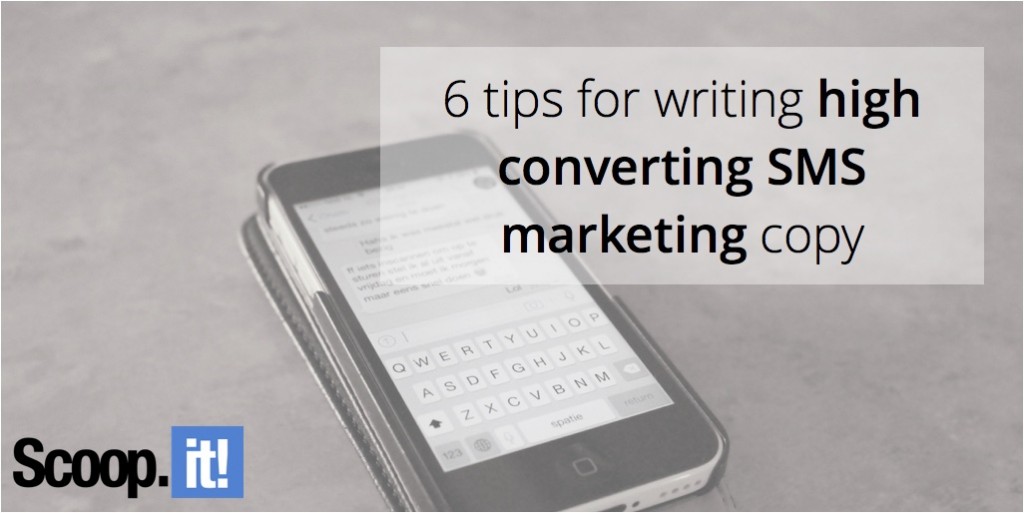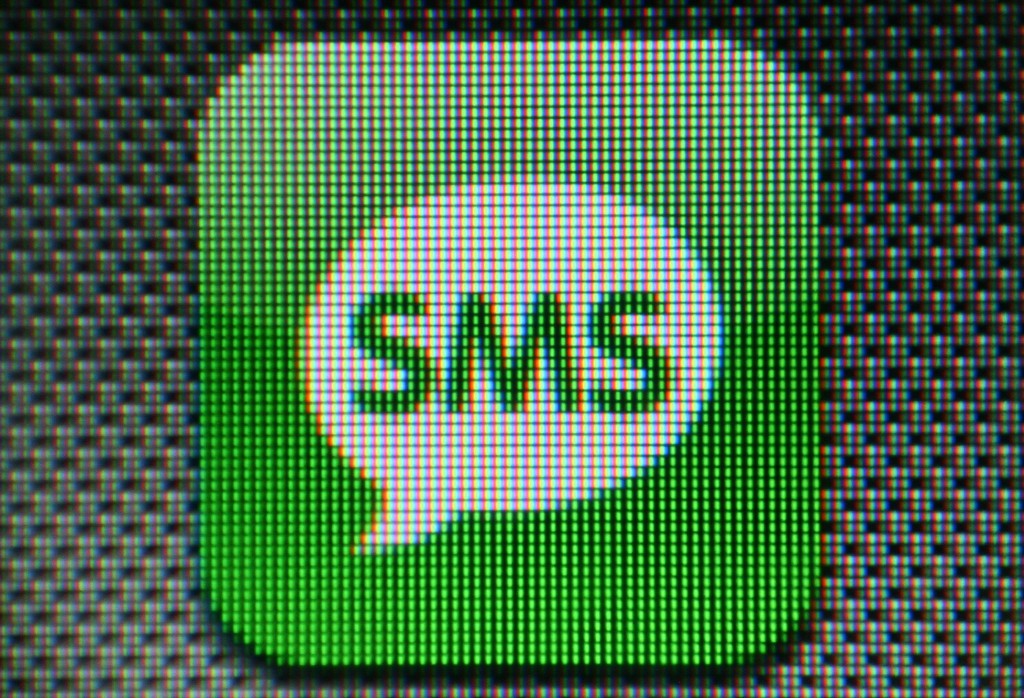
If you’ve yet to include SMS in your content marketing strategy, then it’s imperative that your reconsider your priorities. SMS marketing will yield tremendous value in 2017 and you’ll want to be a part of this high-returning trend. But the key to success is engaging and succinct copywriting. Are you ready?
The value of SMS
Perhaps you’ve run across some of the statistics regarding the value of SMS. As LNP Media Group notes, “Text messages have a 98% open rate and are often read within 10 minutes, which makes this digital marketing initiative an extremely effective social effort.”
This is an incredibly high open rate and makes SMS the premier channel in terms of penetration and speed of consumption. But it’s the flexibility of SMS that really makes it powerful.
“More than anything else, SMS campaigns serve as a critical touch point through the customer life cycle. SMS can do things like facilitate product activation, endorse mobile app downloads, or even engage consumers with real-time inquiries about products,” marketer Amy McNeil explains. “SMS offers marketers the freedom to deploy a variety of campaigns – welcome, transactional, loyalty, triggered, promotional, etc.”
Furthermore, SMS isn’t overly expensive. When compared to other forms of communication that boast much lower open rates, SMS is entirely cost effective.
Six tips for high-converting copy

Image credit: Erik
While SMS, as a channel, is high returning, not every company enjoys positive returns. This is because many fail to follow best practices or respect the many nuances that are required to be successful.
Specifically, it’s important that you focus on writing high converting copy. Your messages will be read, but will customers respond? Here are a handful of tips designed to help you craft stellar copy that converts:
1. Research your target customers
When you send a personal text message, you think about the recipient and craft your message accordingly. For example, if you’re texting your boss, the language you use will be a little more formal than it would be if you were texting your spouse. If you’re texting your best friend, the language you use will be far different than if you were sending a message to your grandmother. You get the picture.
So it stands to reason, then, that you should know exactly who you’re texting in marketing situations. While you may not know each and every recipient intimately, having a careful understanding of your “target reader” helps.
2. Keep things short and simple
The reason text messages are preferred by many is that they cut out the fluff and get straight to the point. Unlike an email or letter, there’s no time or space for openings and closings. Respect this desire for simplicity and keep things concise.
There’s no need to set the message up or provide a closing statement. Get straight to the point, present the offer/information, and get out. While it may seem contrary to everything you’ve ever practice in traditional marketing copywriting, remember that you’re working with an entirely unique channel. Short and simple are highly valued metrics.
3. Use clear calls-to-action
While brevity is necessary, this doesn’t mean you can ignore a call-to-action. You still need to include CTAs, though they’ll be abbreviated in length. Generally, you’ll introduce the CTA with a few words or a phrase and then incorporate a hyperlink that directs recipients to a longer form CTA on a landing page.
Here’s an example: “Click here to get a 25% off discount on your purchase TODAY ONLY!” Notice how short, yet effective the CTA is. Even if they don’t end up using the discount, most people will at least click through.
4. Don’t use unprofessional text speak
Stay away from unprofessional text speak, acronyms, and abbreviations (unless it’s part of your marketing strategy). Leave LOL, B4, and C U L8R for communicating with your friends. There’s enough room to spell out full words. Using “text speak” cheapens your brand image and makes you look like the 50-year-old man who’s trying to pretend he’s 25. Once you learn how to write concisely, you won’t have to worry about slashing characters.
5. Personalize messages
One of the reasons SMS is preferred by consumers is that it feels more personal than email messages or direct mailers (which people commonly see as spam). Since the cell phone is often viewed as an extension of the body, text messages are seen as very intimate forms of communication.
With that being said, you should do everything you possibly can to personalize your messages. With the right provider, you should be able to address each recipient by his or her name. It’s worth paying a few extra dollars for personalized features like these.
6. Pay attention to laws and regulations
Unlike some other forms of communication, SMS is carefully regulated by the Federal Communications Commission (FCC). Specifically, the Telephone Consumer Protection Act (TCPA) and CAN-SPAM Act regulate how messages can be sent from businesses to consumers. In order to stay within the legal limitations of the law, you need to be aware of any guidelines or restrictions that apply to your situation.
Specifically, you must receive consent to marketing in the form of an opt-in. In other words, you aren’t allowed to send marketing messages if an individual hasn’t first given you written consent. Furthermore, you have to provide recipients with opt-out functionality. The universal code for opting out is “STOP.” As far as content goes, the copy within the message must be deemed appropriate for the audience and must honor all claims used when getting recipients to opt-in.
Improve your content writing in 2017
As you prepare for 2017, you should put content marketing at the top of your list of priorities. The difference between average content and stellar content is night and day. One drains your resources, while the other drives conversions.
And while you may not have leveraged texting in the past, SMS should play a powerful role in your marketing efforts moving forward. Keep these tips and techniques in mind as you reexamine your existing approach and consider implementing new strategies.
If you want to get 30 effective techniques to master content marketing along with valuable insights from 10+ influencers like Mark Schaefer, Rebecca Lieb, Lee Odden, Jason Miller or Ian Cleary, download our free eBook now!
Image by StockyPics



I can’t agree that the reasons SMS is preferred by consumers is that it feels more personal than email messages or direct mailers, SMS is the same “spam” as the mails. But SMS you can read quickly and almost in time it received. The text of message only can make it less spammy and more personal.